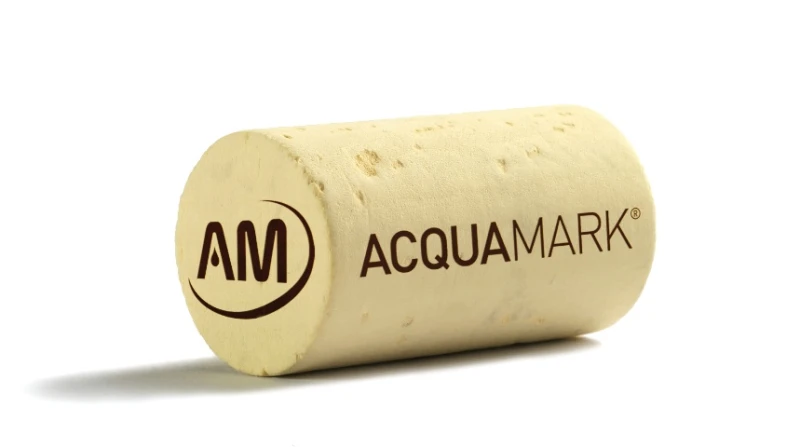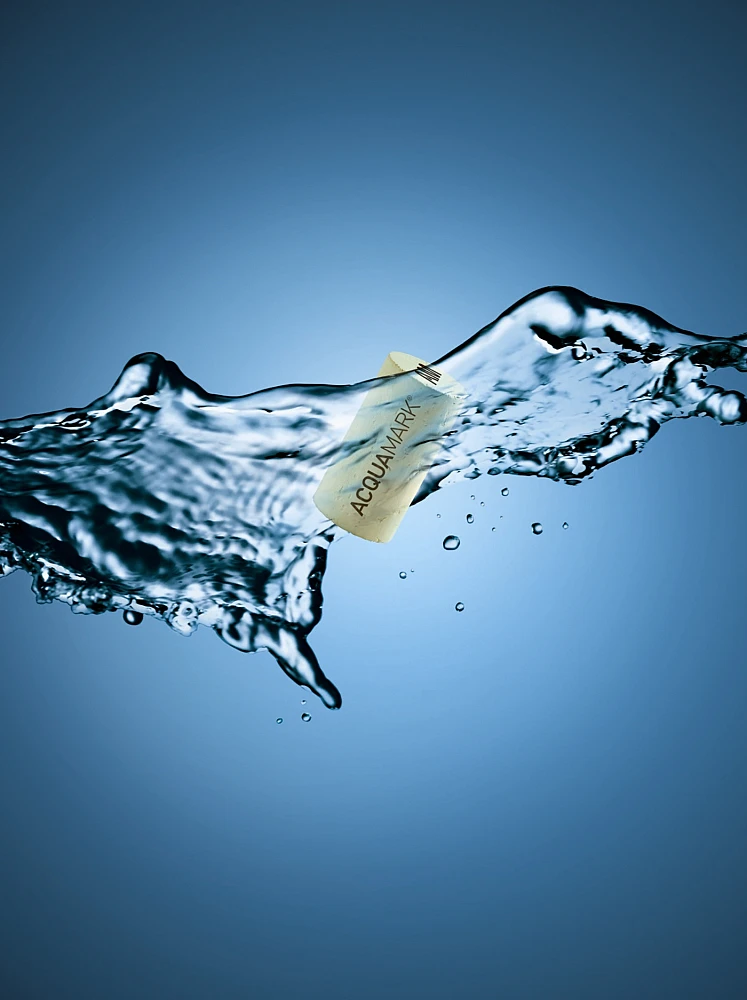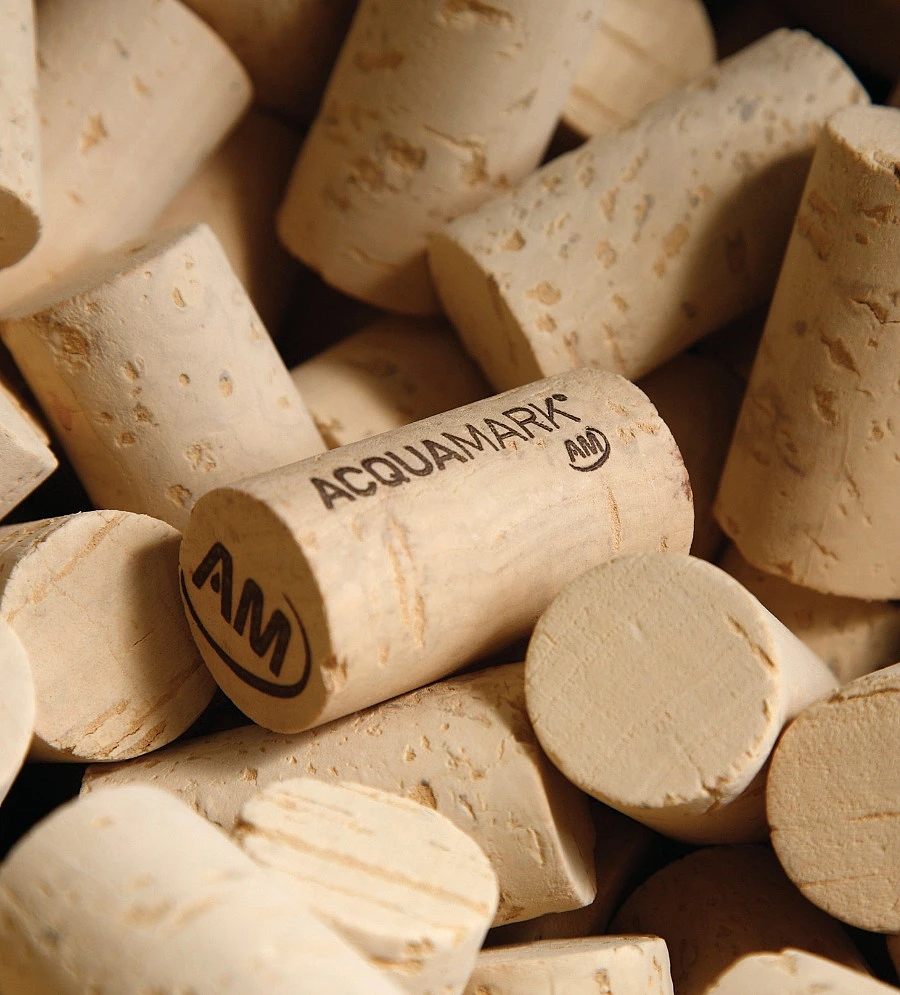- Portfolio
- Product
Portfolio
BackAcquamark® Safety and prestige at a competitive cost



Based on a water-based solution
A natural cork-stopper covered with a water-based coating. Superior sealing capacity and wine preservation.
Acquamark®'s coating is produced through a high-tech structural process, based on a water-based solution, which binds the cork extracts to the stopper's surfaces, further enhancing the product's sealing potential.
Cork Properties
| Tests | Characteristics | Specifications |
|---|---|---|
| Physical-Mechanical | Length (l) | l ± 1.0 mm |
| Diameter (d) | d ± 0,5 mm | |
| Ovalisation | ≤ 0,7 mm | |
| Moisture | 4% - 8% | |
| Extraction force | 20 - 40 daN | |
| Chemical | Peroxide content | ≤ 0.1 mg/stopper |
| Dust content | ≤ 3mg/stopper | |
| Visual | Visual Grade (1) | Reference ≥ 5% |
| CO2 | Footprint | - 41.69 g/stopper |
(1) Deviation with regard to reference sample.
Stopper sampling methods as per ISO 2859 standard - Cork Products.
Available in all dimensions.
- Amorim can calculate the required cork diameter from the design of the neck of your bottle, the characteristics of the wine and the corking conditions.
- For wines which are to age in the bottle, we suggest the use of corks longer than what is normal.
- Order your stoppers for immediate or short term use. These stoppers should be used within 6 months of the date of manufacture.
- Store in a well-ventilated room with controlled temperature between 15°C and 25°C and 50% to 70% humidity.
- Ensure any dust is removed before corking.
- Ensure the cork is compressed slowly to a diameter of not less than 15.5mm.
- Ensure insertion of the stopper is performed as quickly as possible.
- For standard bottlenecks, the cork should be inserted to 1mm below the top of the neck.
- Minimise moisture on the inside of the bottle neck.
- Headspace should be at least 15 mm at 20ºC.
- Don't leave the cork stoppers in the feeder as to avoid dust.
- Always use stoppers with a surface treatment suitable for the type of beverage, bottling process and selected bottle.
- A vacuum must be created in order to prevent internal pressures.
- Always ensure the corker jaws are free of nicks and signs of wear.
- Ensure proper alignment of plunger and location ring.
- Ensure corking machine operates smoothly, especially during compression.
- Regularly clean all surfaces that come into contact with cork with chlorine-free products.
- Ensure the equipment is suited to the cork used.
- After bottling, the bottles should be kept in an upright position for at least 10 minutes.
- Ideal bottle storage conditions are: 15-20°C at 50-70% humidity.
- Keep the wine cellar free of insects.
- Bottles should be transported in an upright position.
- The product must be stored in a location exposed to sunlight, heated environment and in direct contact with the ground.
All Amorim Cork, S.A.'s products comply with current regulations and legislation (European and FDA - Food and Drug Administration) for products in contact with food.
